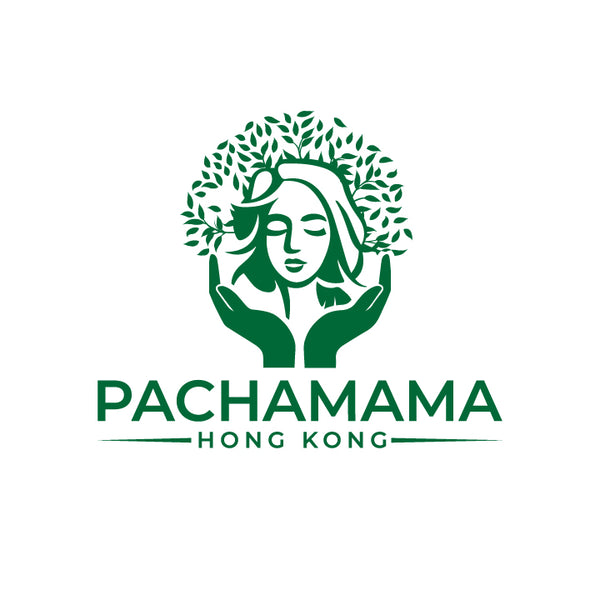《Economist》 wrote an article in Novemeber about how ultra-processed foods (UPFs) affect our health.
A growing concern is the impact of ultra-processed foods (UPFs), a category coined by Brazilian scientist Carlos Monteiro in 2009. These foods, such as sugary cereals and frozen pizzas, undergo extensive processing, breaking down whole ingredients into components like starches and sugars, which are then chemically modified and reassembled with additives. UPFs now constitute over half of calorie consumption in the U.S. and the U.K. Authorities in several countries, including Colombia and Brazil, are taking action to limit UPF consumption due to its suspected health risks.
Studies consistently link UPFs to obesity, diabetes, cardiovascular diseases, and mental health problems. While these foods are high in fat, sugar, and salt, recent research suggests their harms extend beyond poor nutrient profiles. A 2019 study led by Kevin Hall from the National Institutes of Health (NIH) revealed that people consuming UPFs ate 500 more calories daily, leading to weight gain, even when the diets had similar calorie and nutrient compositions.
Dr. Hall’s research highlights two main factors behind UPF overconsumption. First, UPFs are energy-dense due to the removal of water during processing. Second, they are engineered to be "hyper-palatable," combining nutrients like fat, sugar, and salt in addictive proportions that do not naturally occur. These characteristics encourage overeating by delaying the body’s satiety signals.
To understand UPFs better, Dr. Hall is conducting a new study involving four diets, including two novel UPF regimens that test the roles of energy density and hyper-palatable combinations. Early results indicate that both factors drive excess calorie consumption, but further research is required. The findings may help food manufacturers reformulate products, though solving the issue could be complex if harm stems from the interplay of multiple factors.
A major challenge for policymakers is defining UPFs. The Nova classification system labels any food with artificial additives as a UPF, which can be overly simplistic. For instance, some UPFs like sweetened drinks are linked to heart disease, while others like yogurt and bread may reduce risks. Critics warn that this broad classification risks demonizing otherwise healthy foods. Insights from ongoing research could refine these definitions, aiding the development of more precise dietary guidelines.
Ultimately, while UPFs are under scrutiny, shifting the focus from opinion to evidence-based science is crucial. Balancing public health concerns with practical food industry reforms remains a complex but essential task.

